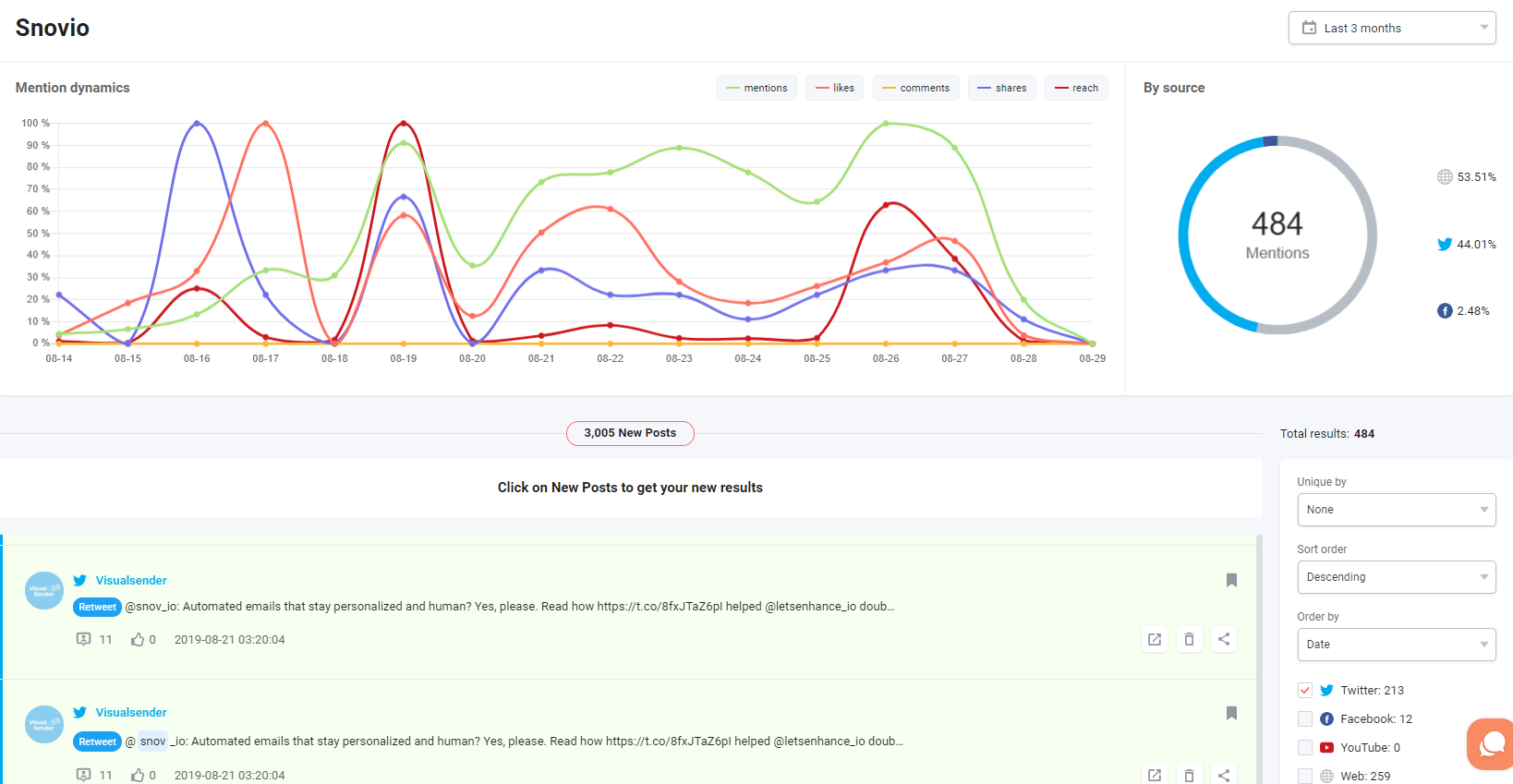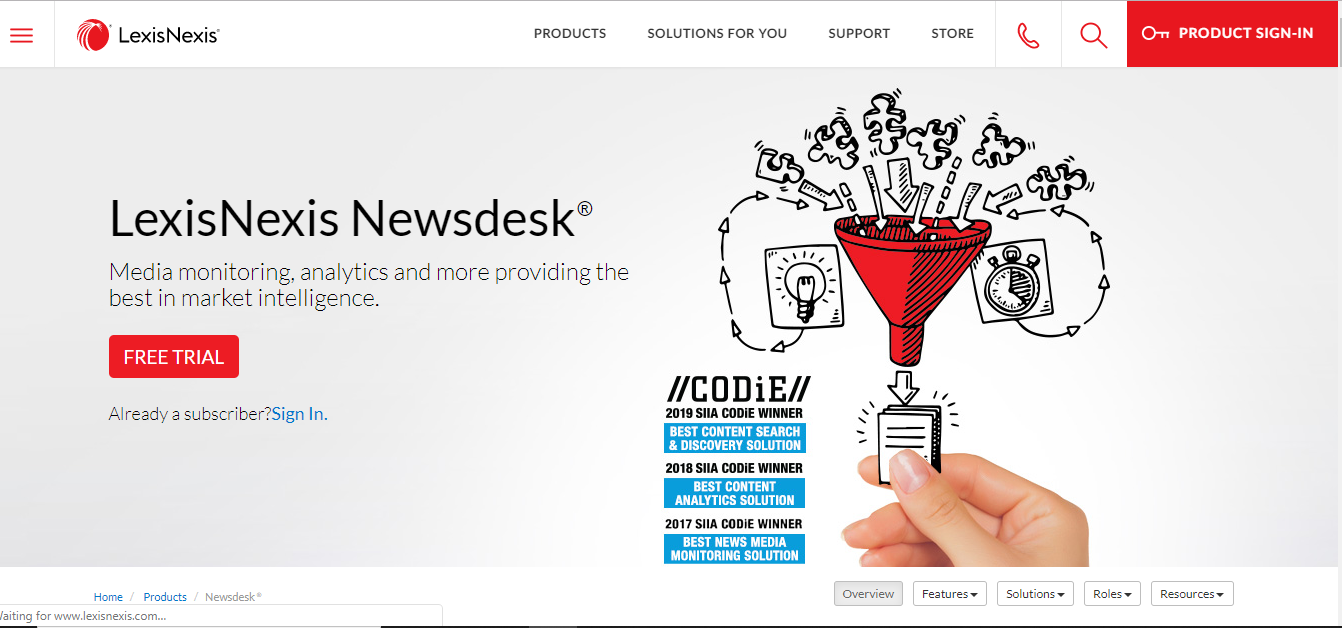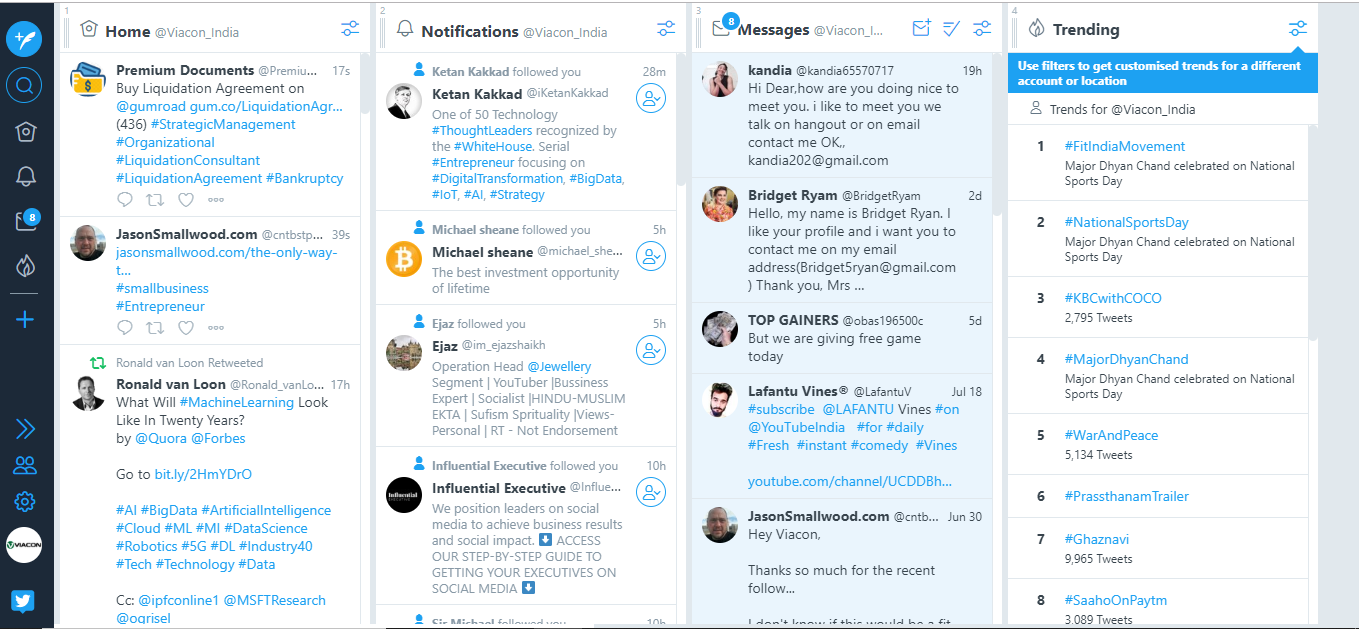On the Internet, to be particular on social media, everyone and anyone can share views about your brand. One thing you need to understand is that this information will reach a vast audience. Most of the information that people share on social media go viral. Brand monitoring is the best way forward if you want to keep on top of this information.
Contents
What is brand monitoring?
Brand monitoring refers to the process of monitoring several channels to find out various mentions of your brand and asses what people have to say about your products or services. It can include complaints on social media or a newspaper article about a merger, among other things.
The role of brand monitoring is to respond and act on the mentions you get. It can assist you to jump on good publicity or spot a crisis before the situation worsens. It will also give you valuable insights on how the market views and talks about your products.
We can also define brand monitoring as a business analytics process that monitors various channels on the media or web. It helps users to get information about the brand, products, and all the things that are connected to your brand. It will allow you to monitor the reception and reputation of your brand by your target demographic, consumer base, and the general public.
You have to strategically and regularly investigate online resources and media to help you react to the various sentiments your brand and of your competitors experience. You have to proactively monitor the reputation of your brand and react to customer and press concerns to enhance trust in your brand.
Why do you need to monitor your brand mentions?
Identifying and Addressing Infringers:
These people always look at the popularity and name of your brand to ride on it. Web monitoring will help you to identify these infringers who adopt confusing domain and brand names that resemble yours. Trademark law protects brand owners and consumers against such unfair competition. The good news about brand monitoring is that it will help you to enforce this practice.
Addressing Consumer and Competitor Protection:
Brand monitoring will help you to respond to both positive and negative sentiments from consumers. Most customers express their feelings on complaints, sites, forums, or social media. Also, it will help you to monitor the competition representation of your brand in terms of negative reviews and comparative advertising.
What monitoring tools are there on the market?
The market has so many social media monitoring tools that you can use to track your mention. Some of them include;
Famm.io
Famm.io is one of the best social media and web monitoring tools. It is an effective tool if you want to know what people think about your brand. The tool will show you the resources where your brand is mentioned most of the time. It will show you the best resource when it comes to brand mentions. Find out the places where people just watch and where people communicate most of the time.

LexisNexis
Print media and tracking broadcast are quite tricky unless you have people reading all the newspapers and watching all channels. LexisNexis is one of the best tools for monitoring these two elements. They will assist you in tracking mentions on several publications and in analyzing the results.

LexisNexis is a big organization, which helps some of the biggest brands explore analytics, data, reporting and monitoring. It helps in identifying the quickest trends and news breakouts (viral content) and informs brands of advertising opportunities. The smart and easy interface helps brands understand metrics and take detailed steps as to the nest strategies.
Google Alerts
Google Alerts is an easy and free social media monitoring tool. You will need to input a keyword and you will get an alert when a person uses it on the website. It offers mentions but has no long-term overviews and analysis.
Google Alert is an absolutely free tool that will help you get mentions about your brand in a small, yet significant way. Please do not expect this tool to be as powerful or potent as some of the best ones on the list. It is free and should be expected to be basic.
TweetDeck

This tool is great for community managers who use Twitter but also does brand monitoring through Twitter. Setup search columns to give you live feed once the things you specify get mentions. A free tool is ideal for brand mentions.
This was an independent tool, which was later acquired by Twitter. This is a great platform to align your Twitter mentions and activities. The dashboard is clean, precise and easy to use. Once you start using TweetDeck, it will be difficult for you to go to other platforms like HootSuite, Buffer or anyone else.
Why Famm.io stands apart from the crowd?
Over the last three years, I have used several brand-monitoring tools on the market. What makes Famm.io stand out is the multi-functional capabilities. You are not only allowed to see your brand but also integrate content resources and competitor strategies in your dashboard. If you are looking to run Influencer Marketing campaigns, Famm.io helps you find your brand mentions not only on search but also on social.
However, for me personally, the best part about Famm.io is the possibility to reach out to different Content Creators. You can look for content creators, not only in your niche but also in different niches.
The capabilities of Famm.io can help your brand manage its online reputation in a successful manner. It can also help you reach disgruntled users or employees before they can do too much damage. This will help brands maintain good relations with their audiences and tackle PR nightmares before they get too big.
Conclusion:
Brand monitoring became a trend in a recent couple of years. It brings value as a marketing and PR component as well as a steady approach for brand awareness strategy. What can be more important than benefits for users, a brand’s value and its reputation?
Overall, tools enumerated above are trustworthy enough and good for analysis and building marketing strategies and social media campaigns. All of these online assistants insulate from the needless search offering the selection of on-demand features.
Read Also:























